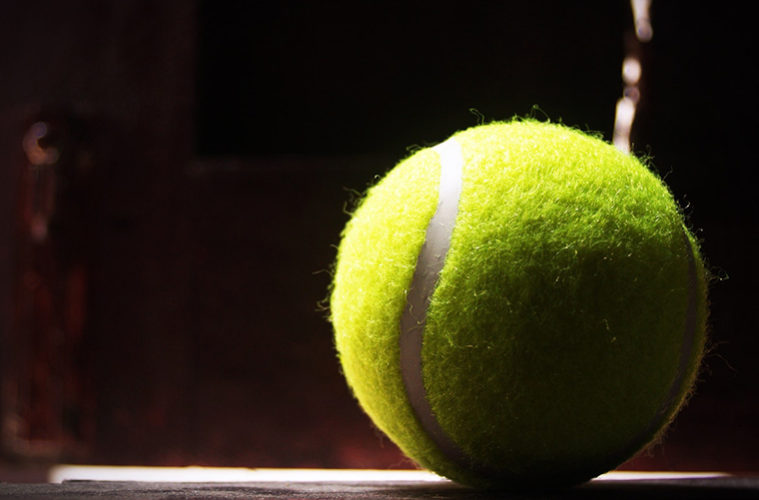With the US Open now underway, the final Grand Slam of the calendar year, the main talking point amongst the tennis gurus is the record number of withdrawals from the tournament.
World number 2 Andy Murray announced that he will not be taking part in this season’s final major with a hip injury, pulling out just days before the beginning of the event. He joins 2 other top 10 players Novak Djokovic and Stan Wawrinka on the sidelines. As well as this, world numbers 10 and 11 respectively, Kei Nishikori and Milos Raonic, can’t take part due to ongoing injury problems. That is 5 of the top 11 players in the world not present at the tournament.
In recent years, the tennis schedule has thickened with more and more tournaments being played all over the world week in, week out. We kicked things off this year on the 1st of January with 3 separate competitions taking place. This quickly leads us to the end of the month when the first Grand Slam of the campaign begins, the Australian Open.
Then there is a 4 month wait for the next Grand Slam in France, but in-between the 2 of them we have a total of 26 smaller events open for players to take part in.
The end of the following month see’s the players compete in the 3rd major of the year, at Wimbledon. This is followed by the finale at the US Open, which is currently taking place.
That isn’t all though. There is another 13 events available until the end of season ATP World Tour Finals in London, where the top 8 players during the season compete. This is not forgetting the various rounds of the Davis Cup spread around the continents a few times each year too.
It seems like it is becoming too exhausting for some players. Think about it compared to some other sports. If you compete in a weekly event and reach the final of it, you are playing tennis for around 2/3 hours a day at a non-stop high intensity level, more than often in sweltering heat conditions. The human body struggles to keep up with this. Understandably.
You may ask why do players have to enter all of these events? Can’t they take tactical breaks and pick and chose where and when to play? Well, the simple answer is no. Each event comes with ranking points and prize money. This is their job and the less they play, the lower their rank will be and the less money they will earn. If your ranking gets too low, you then struggle to even gain entry into some events and will slowly slide down to the Challenger Tour, where prize money is minimal and the ranking points significantly less.
Roger Federer has had the luxury, especially in 2017, of picking and choosing his events. He has played a lot less this year than he ever has before and look how he has flourished. He’s won 2 Grand Slams out of 3 already and is big favourite to take a 3rd in the USA come the end of next week. Federer can afford to do this, in terms of prize money and ranking points. He has been there and done it. He doesn’t need to earn ranking points anymore and I am sure money is never going to be a problem for him and his family after the success he has achieved throughout his quite remarkable career.
For most other players though, these smaller events are crucial. The ATP 500 and 250 competitions are vital to take part in to improve their ranking and their prize money and there is no way out of it. If you don’t play, or if you don’t do well in them, you suffer. The tournaments don’t suffer. The sponsors don’t suffer. You suffer.
Surely, tennis bosses must look at Federer’s success this year and the outstanding quality of his performances, as well as the high number of withdrawals from the US Open and consider making the yearly circuit smaller for the players. This will almost definitely get the absolute best out of them. This will lead to a better quality of tennis and ultimately better matches and more importantly, less injuries and a longer career in the game.
Regarding the prize money, it’s seems simple. Have less tournaments and higher prize money for the tournaments that take place. However, the way sport has grown and developed means that this is very unlikely to happen.
It may mean less countries get to see the likes of Rafael Nadal and Novak Djokovic playing tennis in their homeland, but for the good of the game and the players themselves, something needs to be done about this sooner rather than later.
Unfortunately, like many other sports, money ultimately talks. From the outrageous wages and transfer fees in football to the Indian Premier League in cricket, sponsors and spreading sport around the world as much as possible has had a demising effect on the quality, and loyalty, of the worlds sports stars of today.
It looks like Roger Federer’s career spanned at just about the right time for him. If another player has as much success as he has had in the next 50 years, I will be very surprised.
Written By Tom Brown
@tombrown1986





